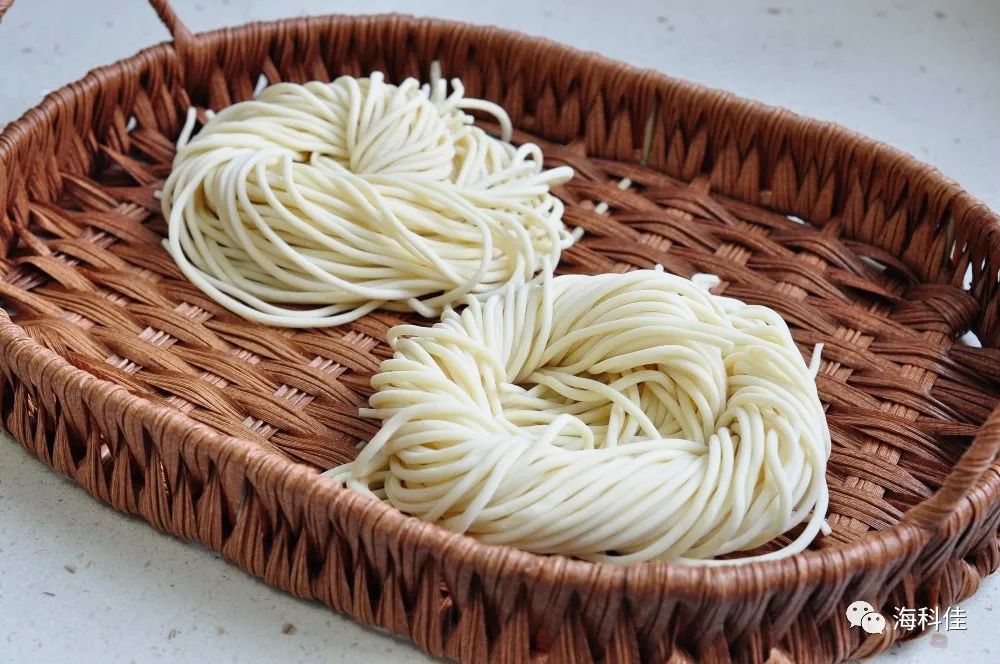As a kind of noodles, fresh and wet noodles have the characteristics of fresh and tender color, smooth taste, elasticity, strong flavor, nutrition and health, and convenient and hygienic eating. Compared with dried noodles, fresh and wet noodles have the advantages of freshness, good taste, and low production cost [1]. They have been favored by people all the time, and their varieties are more and more. However, the maintenance period of the flavor and taste of traditional fresh wet noodles is generally very short. How to improve the chewiness of fresh wet noodles without affecting the shelf life is still a challenge.
Effect of Processing Technology on the Masticability of Fresh Wet Noodles
The traditional processing technology of fresh wet noodles generally includes raw and auxiliary material pretreatment, dough mixing, composite calendering, constant temperature and humidity rejuvenation (ripening), continuous calendering, strip cutting, breeze drying, sterilization (such as ultraviolet sterilization), packaging [2] and other processes.
1、 Effect of the Way of Blending Noodles on the Masticability of Fresh and Wet Noodles
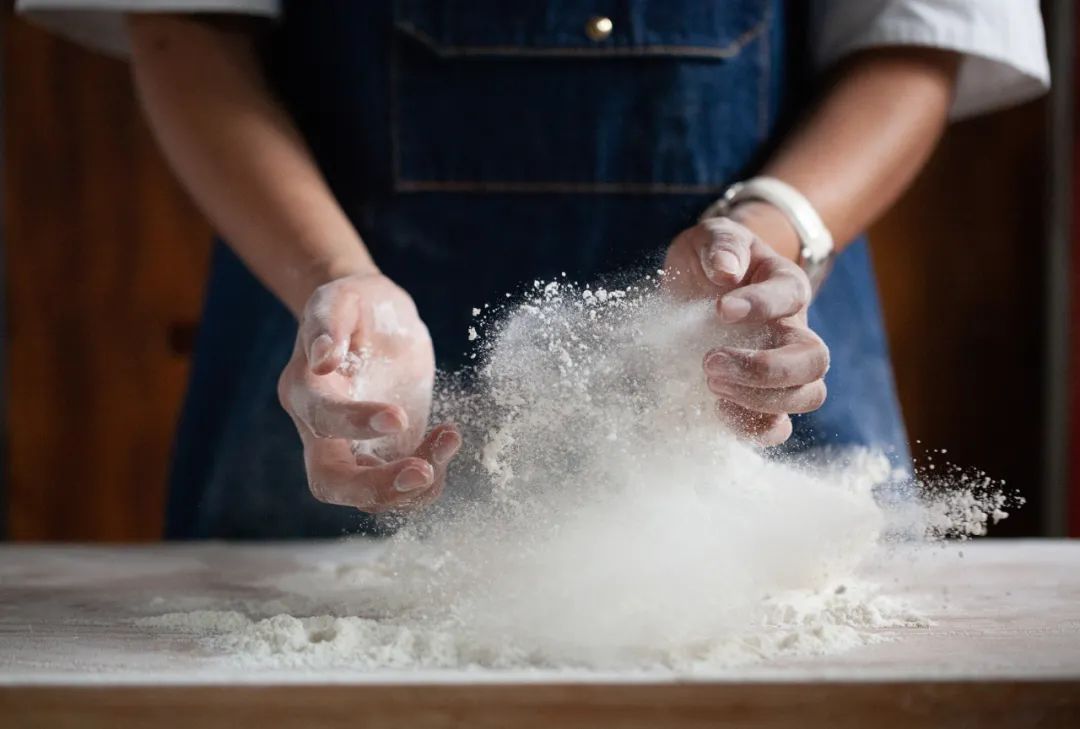
Noodle mixing is a key point in the production process of fresh wet noodles, and factors such as the method, time and speed of dough mixing determine the degree of dispersion of dough [3]. The quality of the dough mixing process directly affects the quality of the subsequent process and the final product [2]. The main equipment is the dough mixing machine.
The vacuum flour mixer is a relatively advanced flour mixing equipment in recent years. Because the vacuum pressure is maintained in the flour mixer, the flour heating is avoided. At the same time, the salt water is sprayed in a mist form under negative pressure, and the salt water and flour are fully and evenly mixed. The protein in the flour can fully absorb water in the shortest time. The amount of water added can be up to 46% or more, forming the best gluten network, making the noodles more elastic [2].
Li Man et al. [4] conducted some experiments on vacuum mixing, mainly studying the effects of vacuum and surface on the physical and chemical properties, microstructure and moisture status of fresh wet noodles. The results showed that with the increase of vacuum, the texture characteristics of fresh wet noodles were significantly improved (P>0.05), but when the vacuum was 0.08 MPa, the texture characteristics of fresh wet noodles were poor. When the vacuum was 0.06 MPa, fresh wet noodles showed the best texture characteristics.
In addition, the results of scanning electron microscopy showed that vacuum and noodle induced a more continuous and compact structure of fresh wet noodles. Obviously, their research shows that vacuum mixing improves the hardness of fresh wet noodles to some extent, thereby improving the elasticity and chewiness of fresh wet noodles.
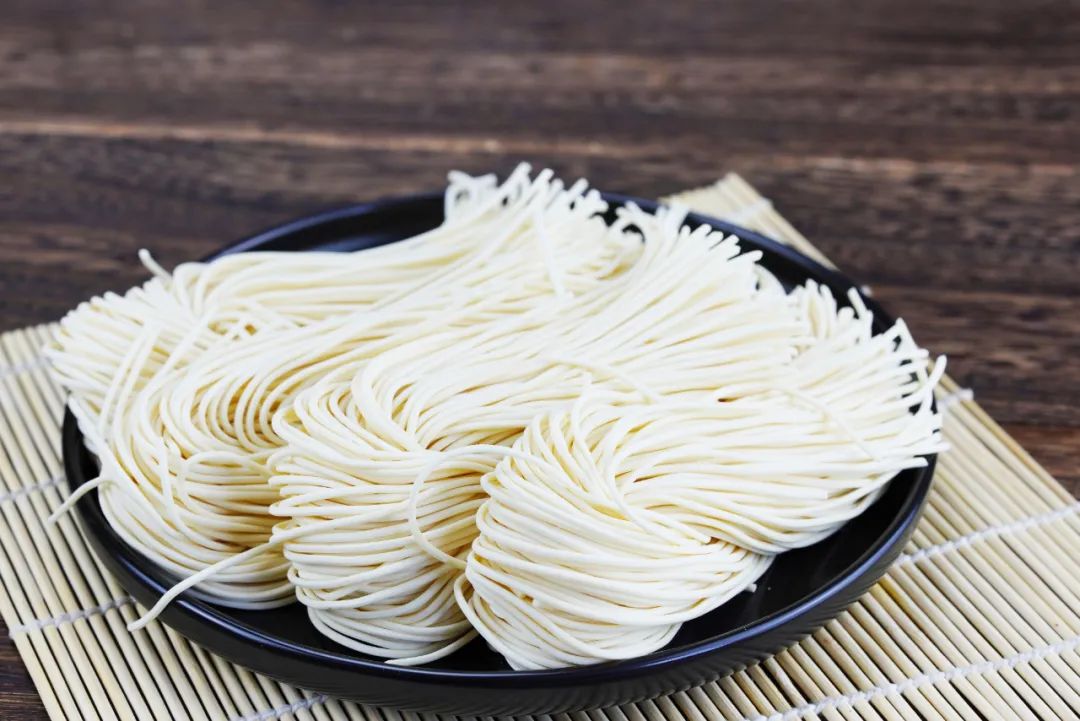
Effect of Different Formulas on the Masticability of Fresh Wet Noodles
1、 Effect of Food Additives on the Chewability of Fresh Wet Noodles
At present, food additives have been widely used in the food field, with a wide variety and different applications. There are 23 categories of food additives in China, and the varieties have reached more than 2000, and the use has increased year by year [6]. The additives involved in noodle processing mainly include gluten enhancers and enzyme preparations (such as α- Amylase), etc.
(1) The Effect of Reinforcing Agent on the Masticability of Fresh Wet Noodles
The strength of fresh wet dough directly affects its chewability to a certain extent. Gluten enhancer is a kind of food additive that can be linked with protein to improve gluten processing performance and gas retention. Therefore, the gluten enhancer is beneficial to improve the chewiness of fresh wet noodles.
1. Gluten flour
Wheat gluten, also known as active gluten, is a powdered product obtained from wheat by drying, crushing and other processes after starch and other water-soluble substances are washed away with water [7]. The main components of gluten powder are glutenin and gliadin, which have strong water absorption, viscoelasticity, extensibility and other characteristics. It is an excellent dough improver, widely used in the production of bread, noodles and other flour products.
Niu Qiaojuan et al. [8] found that adding 0.8% gluten can significantly improve the hardness and tensile properties of noodles, and reduce the cooking loss of noodles. Wu Yang [9] compared the effects of gluten, salt and xanthan gum on cooking quality and sensory quality of fresh wet whole wheat flour on the basis of determining the proportion of wheat bran and wheat germ in fresh wet whole wheat flour.
Wu Yang's experimental research found that the gluten network formed between gluten and wheat flour can significantly improve the stability of fresh wet surface. When the gluten addition amount is 1.5%~2.5%, the protein content and sensory evaluation of fresh wet surface have been significantly improved, mainly in terms of chewiness and elasticity.
Therefore, proper amount of gluten powder can improve the quality of fresh wet noodles to a certain extent, so that the fresh wet noodles show better chewiness.
2. Cassava modified starch, sodium alginate
The modified cassava starch can be obtained through modification, and can be used as thickener, stabilizer, water retaining agent, expansion agent, etc. in the food industry.
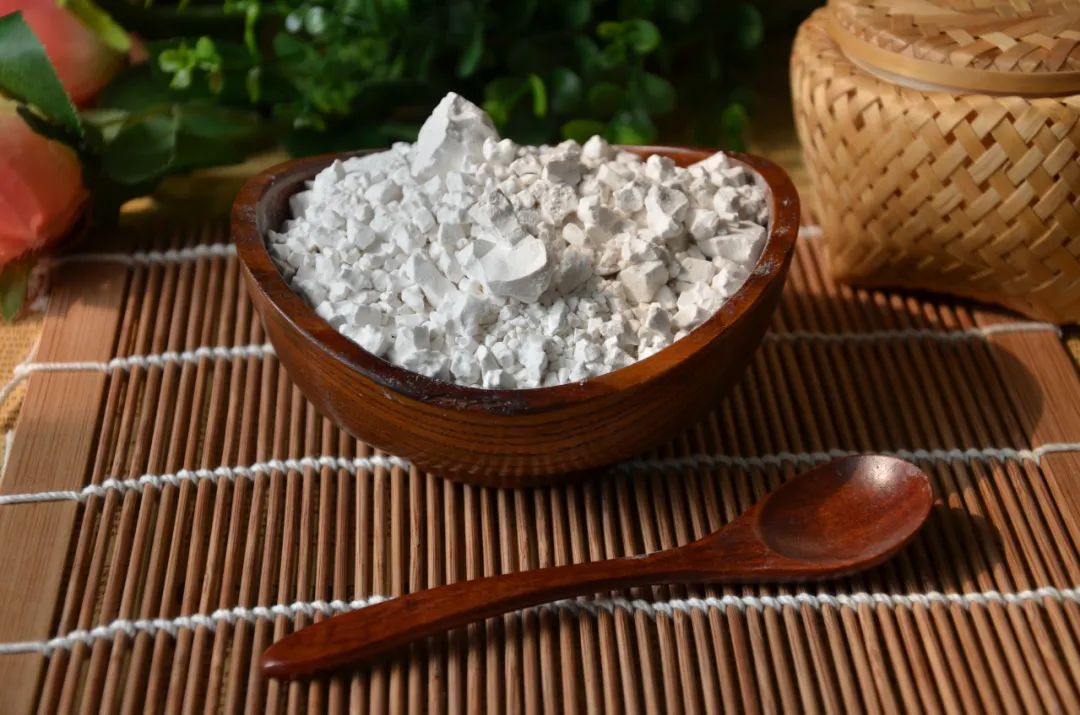
Sodium alginate is an anionic polysaccharide extracted from kelp or horsetail of brown algae. Its molecule is composed of β- D-mannuronic acid( β- Dmannuronic, M) and α- L-Guluouronic acid( α- L-guluronic, G) is connected by pressing (1-4) keys [10]. The aqueous solution of sodium alginate has a high viscosity and is now used as a thickener, stabilizer, emulsifier, etc. of food.
Mao Rujing [11] took fresh wet flour as the research object, and studied the effects of three quality modifiers such as cassava modified starch, sodium alginate and gluten on the texture characteristics of fresh wet flour. The results showed that when the content of modified cassava starch was 0.5%, sodium alginate was 0.4% and gluten was 4%, the fresh wet noodles had good quality characteristics. The main performance was that the water absorption of the fresh wet noodles decreased, while the hardness, elasticity and chewability were improved.
The results showed that the composite gluten enhancers (tapioca modified starch, sodium alginate and gluten) improved the chewability of fresh wet noodles to a large extent.
(II) α- Effect of Amylase on the Masticability of Fresh Wet Noodles
be based on α- The properties of amylase, Shi Yanpei et al. [12] studied the effects of different amounts of α- The effect of amylase on the quality of fresh wet noodles. The results show that: α- An increase in the amount of amylase added, especially when α- When the addition amount of amylase was 150 mg/L, the hardness, chewiness and other texture properties of fresh wet noodles were significantly improved, which also proved that α- Amylase is beneficial to improve the chewiness of fresh wet noodles.
2、 Effect of Chinese Chestnut Powder on the Chewability of Fresh Wet Noodles
Chestnut has many health functions. It contains rich unsaturated fatty acids, which can regulate blood lipids. For people with hypertension and coronary heart disease, it is a good tonic food [13]. As a potential substitute for wheat flour, Chinese chestnut whole flour is mainly composed of complex carbohydrates, which has the characteristics of low glycemic index, gluten free, high protein content [14].
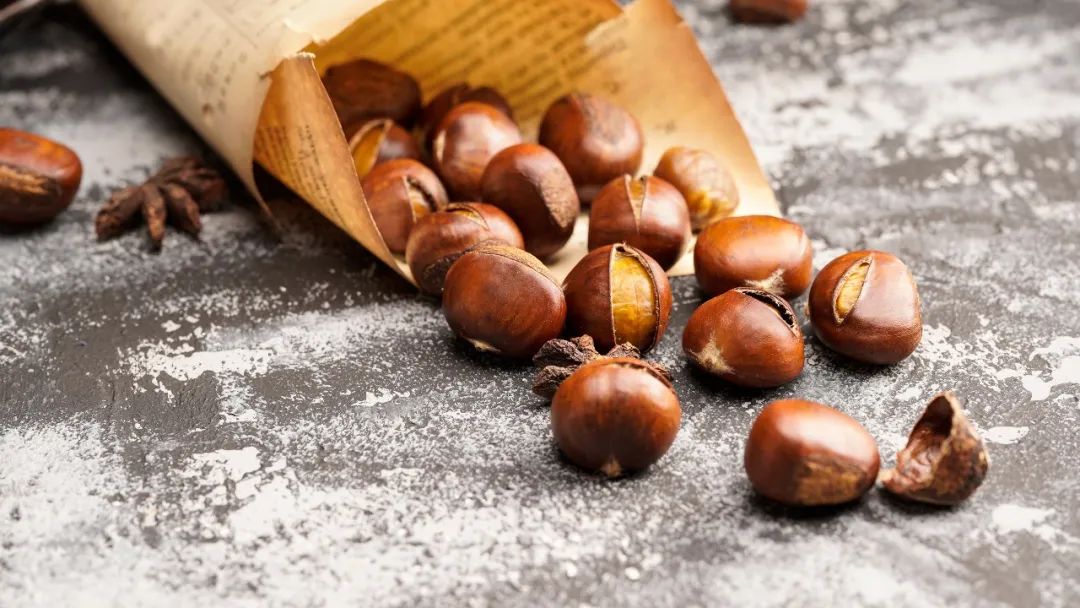
Adding proper amount of whole chestnut powder into the formula of fresh wet noodles can not only enrich the varieties of fresh wet noodles, but also enhance the nutritional value of fresh wet noodles.
Li Yong et al. [15] conducted research tests on the influence of whole chestnut powder on the quality of fresh wet noodles. The results showed that the hardness, chewiness and adhesion of fresh wet noodles increased first and then decreased with the increase of total chestnut powder addition, especially when the total chestnut powder addition reached 20%, its texture characteristics reached the best.
In addition, Li Yong et al. [16] conducted a study on the in vitro starch digestibility of fresh and wet chestnut flour. The results showed that: the total starch content and digestible starch content of fresh and wet chestnut flour with the addition of whole chestnut flour decreased gradually with the increase of the addition of whole chestnut flour. The addition of whole chestnut flour can significantly reduce the starch digestibility and sugar index (GI) of fresh and wet chestnut flour. When the addition of whole chestnut flour exceeds 20%, It can change the fresh wet wheat flour from high EGI food (EGI>75) to medium EGI food (55<egi<75) [17]< span="">
In general, the proper amount of whole chestnut powder can improve the chewiness of fresh wet noodles and reduce the starch digestibility and sugar index of fresh wet noodles.
3、 The Effect of Flour on the Chewability of Fresh Wet Noodles
(1) Effect of flour particle size on the chewability of fresh wet flour
Wheat flour is the most important raw material for the production of fresh wet flour. Wheat flour with different quality and particle size range (also known as flour) can be obtained through cleaning, watering, moistening (getting the milled wheat), grinding and screening (peeling, core, slag and tail systems), flour blending, packaging and other processes, but the grinding process will cause damage to the starch particle structure [18].
The grain size of wheat flour is one of the important factors affecting the quality of fresh wet flour, and the grain size of flour depends on its processing precision.
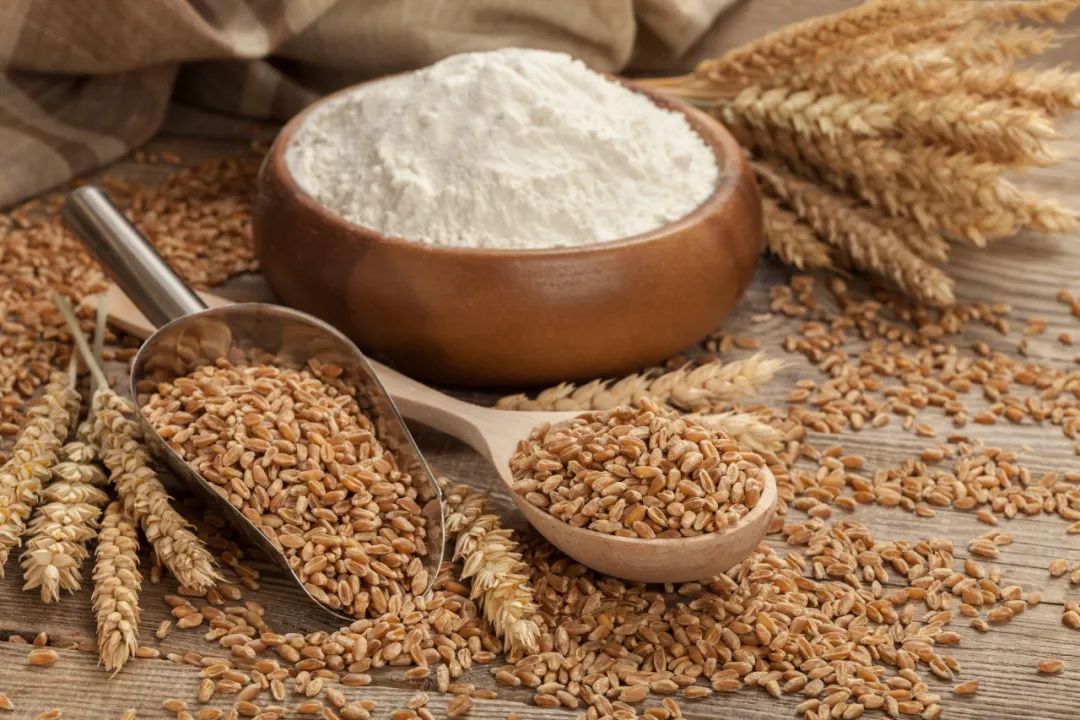
Qi Jing et al. [19] studied and tested the texture, sensory, physical and chemical properties of fresh wet flour made from flour with different particle sizes. The research results of its texture characteristics show that the hardness, elasticity, cohesiveness, chewiness and resilience of fresh wet flour have been significantly increased with the increase of flour particle size range, especially the texture characteristics of fresh wet flour made of flour between 160~180 meshes reach the best.
The results showed that the grain size of wheat flour had a great influence on the texture characteristics of fresh wet noodles, which also greatly affected the chewability of fresh wet noodles.
(2) Effect of dry heat treated flour on the chewability of fresh and wet flour
Proper dry heat treatment of flour can not only reduce the moisture content in flour, kill microorganisms and eggs in flour, but also inactivate enzymes in flour [20]. The main factors affecting flour processing characteristics are gluten protein and starch molecules in flour. Dry heat treatment will polymerize gluten, thus having a significant impact on flour processing characteristics [21].
Wang Zhizhong [22] studied and tested fresh and wet noodles made from dry and heat treated flour. The results showed that under certain conditions, dry and heat treated flour could indeed improve the hardness and chewability of fresh and wet noodles, and slightly reduce the elasticity and resilience of fresh and wet noodles. Its hardness and chewability reached the maximum at 120 ℃, and the best heat treatment time for hardness was 60 minutes, The best heat treatment time for mastication is 30 min. This proved that the chewability of fresh and wet flour was improved by dry heat treatment flour to some extent.
4、 The Effect of Yogurt on the Chewability of Fresh Wet Noodles
Yogurt is a kind of curd product produced by fermentation and cultivation of specific lactic acid bacteria. It has good flavor, high nutritional value, easy digestion and absorption, and can improve intestinal flora and regulate gastrointestinal function [23].
Yogurt not only retains all the natural nutrients of fresh milk, but also can produce a variety of vitamins necessary for human nutrition during fermentation, such as vitamin B1, vitamin B2 and vitamin B6. Due to the fermentation of lactic acid bacteria, while improving the nutrients, it also produces some physiological active substances, which can significantly regulate the body functions [24].

Li Zhen et al. [25] innovatively studied the application of yoghurt in fresh wet noodles, and made texture analysis on fresh wet noodles added with yoghurt. The results showed that with the increase of the amount of yoghurt added, the hardness and chewiness of fresh wet noodles gradually increased, while the viscosity, elasticity and resilience gradually decreased. The hardness and chewiness of noodles are positively related to the taste of noodles. The noodles with large shear force are stronger and more elastic [26].
They analyzed that the change may be caused by the following two reasons:
First, with the increase of the proportion of yogurt, the amount of water added to the fresh wet noodles gradually decreases, and low water content will cause the dough to be hard, so the hardness of the fresh wet noodles is increasing;
Second, the viscosity of fresh wet noodles reflects the smoothness of the surface of fresh wet noodles. The greater the viscosity, the more starch particles attached to the surface of fresh wet noodles, and the more substances leaked into the soup during cooking.
The viscosity of fresh wet noodles decreased significantly after adding yogurt, indicating that the addition of yogurt could increase the surface smoothness of fresh wet noodles and reduce the substances leaked into the soup during cooking, which was consistent with the result that yogurt reduced the cooking loss rate of fresh wet noodles;
The protein in yogurt supplements the protein in flour, and the fat contained in yogurt effectively improves the strength of fresh wet noodles, thereby improving the mechanical processing performance of fresh wet noodles and improving the taste of fresh wet noodles [25]. Therefore, yogurt has improved the chewiness of fresh wet noodles to a certain extent, giving people better taste of fresh wet noodles.
As fresh wet noodles are more and more popular with consumers, people also pay more and more attention to the taste of fresh wet noodles. Recent studies show that there are still some shortcomings in the quality of fresh wet noodles, especially in the improvement of the chewiness of fresh wet noodles. Therefore, how to improve the chewiness, taste and nutritional value of fresh wet noodles from the aspects of processing technology and formula improvement is still the direction of further research in the future.
Post time: Nov-25-2022

